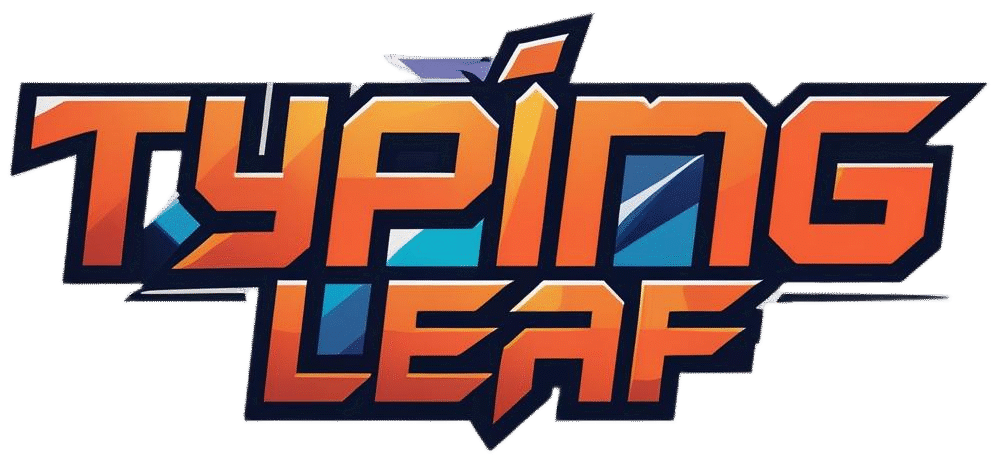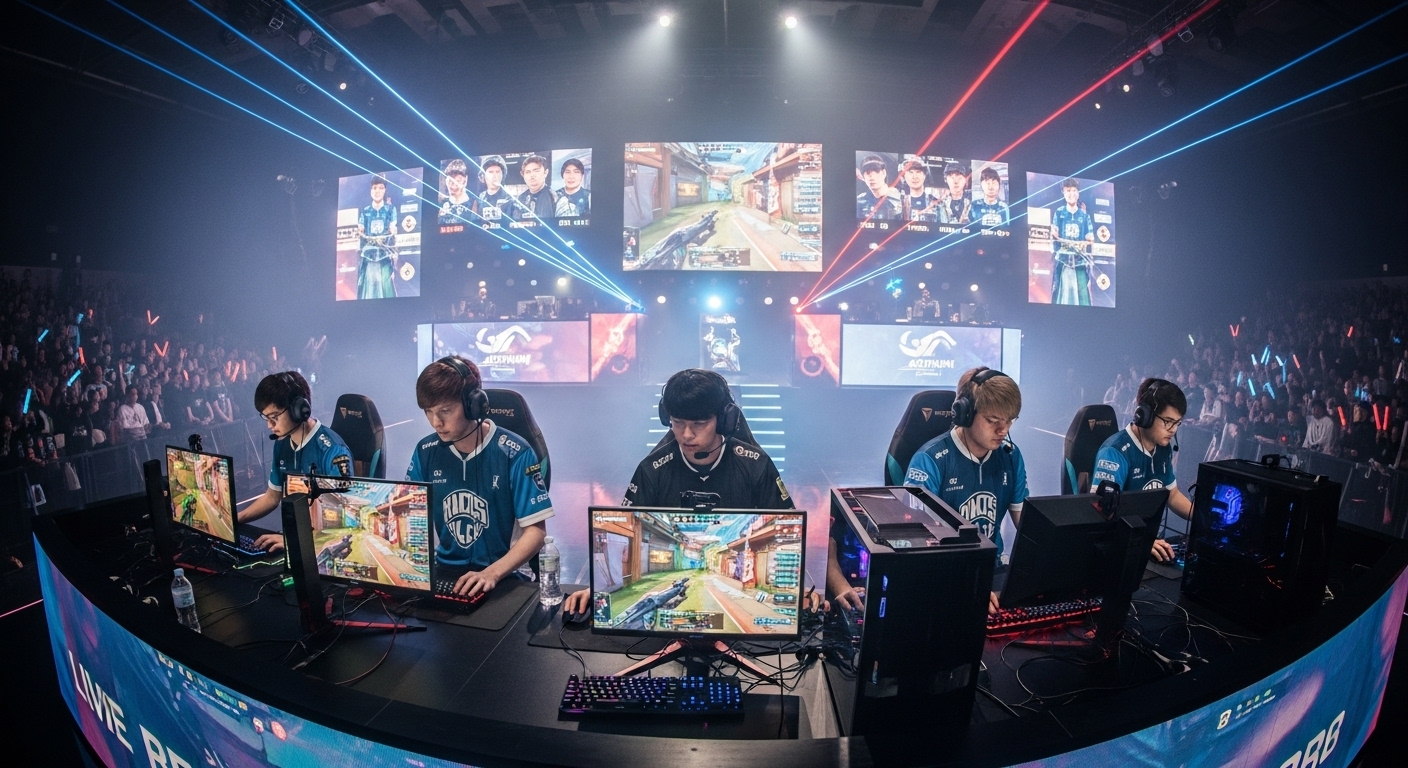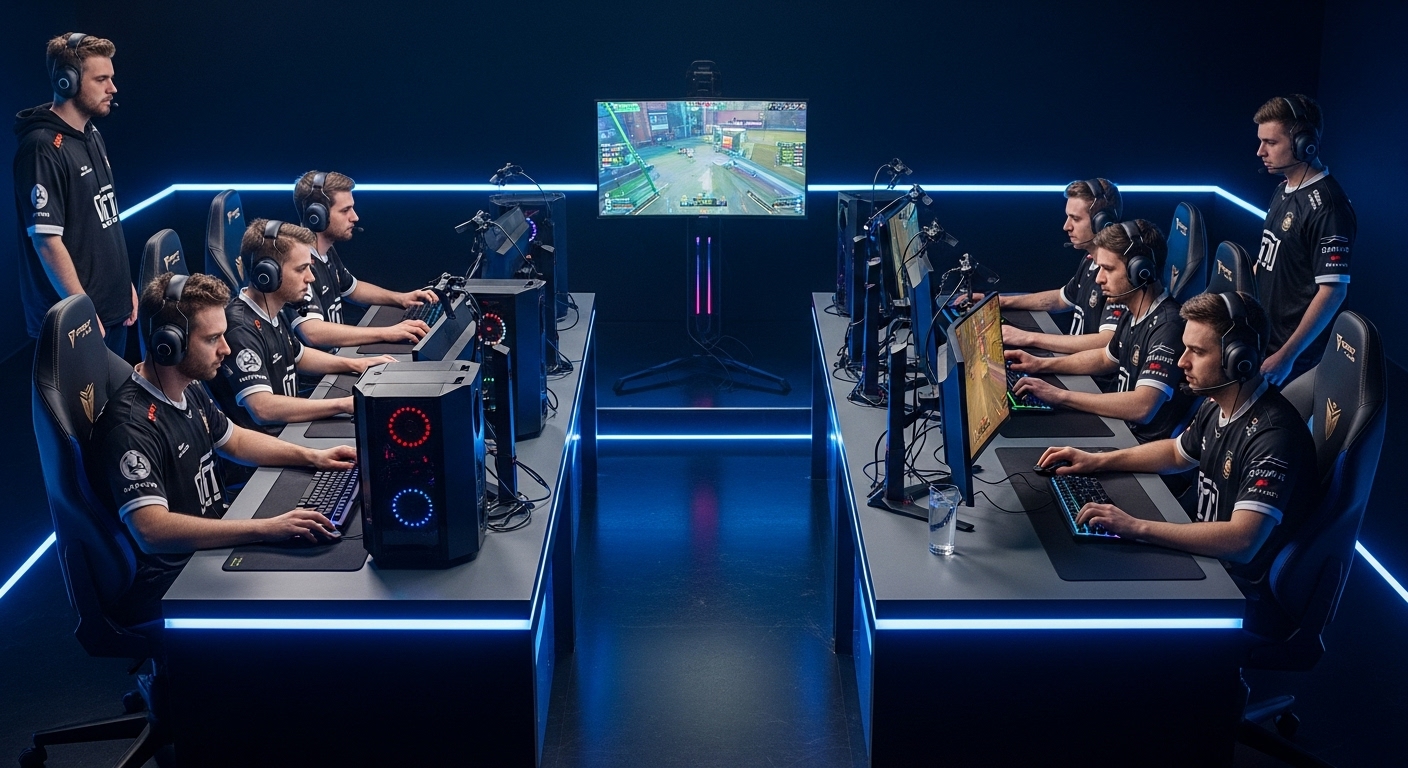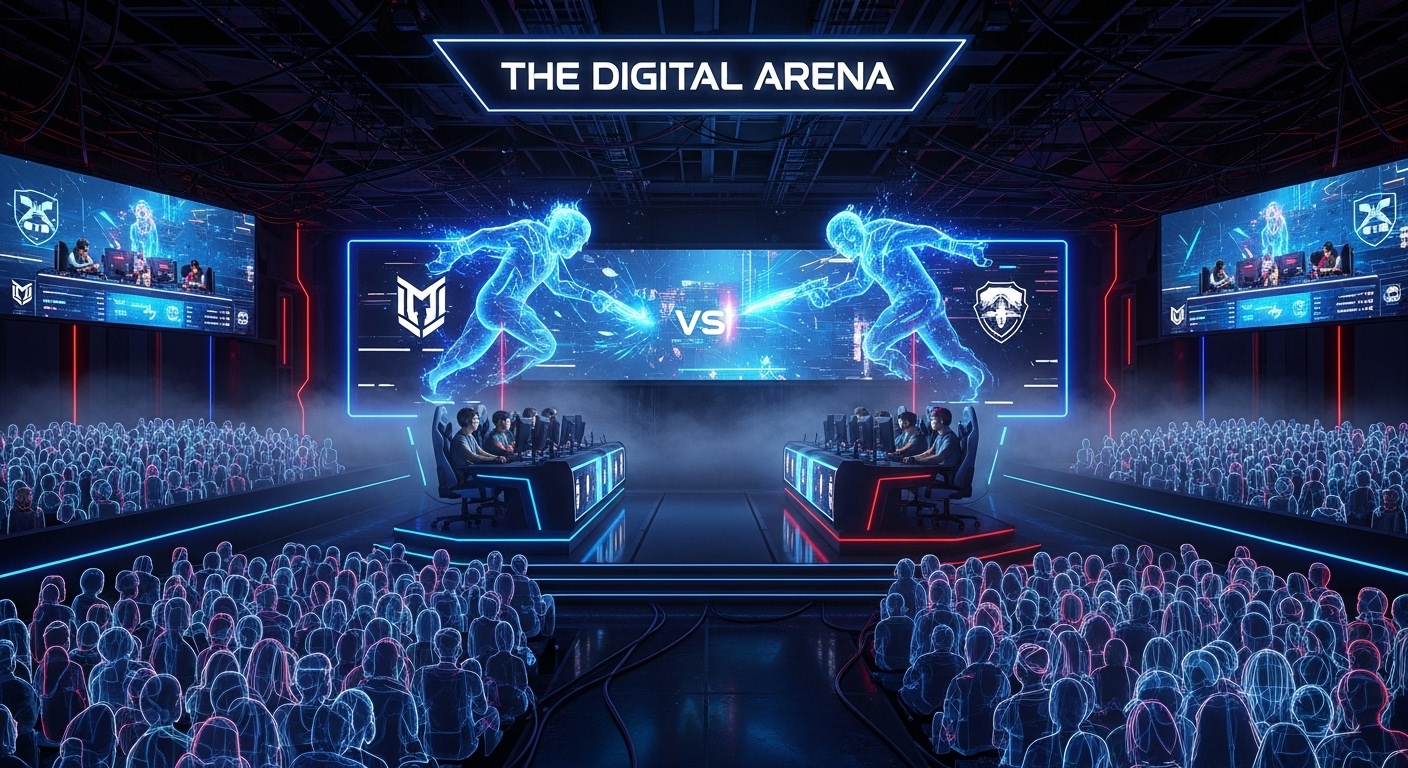Introduction to Esports
In the last two decades, a new phenomenon has transformed the world of entertainment and competition — esports. What once began as small gatherings of gamers in local cafes has now evolved into a global industry worth billions of dollars. Esports, short for electronic sports, refers to organized, competitive video gaming where individuals or teams compete against one another in various video game titles. This movement has reshaped how we perceive sports, competition, and even careers. From teenagers earning fame and fortune through gaming to massive tournaments filling arenas, esports has become a cultural revolution that shows no sign of slowing down.
The Early Days of Competitive Gaming
The roots of esports can be traced back to the late 20th century. In the early 1980s, video game competitions began to gain attention with games like Space Invaders and Pac-Man. These arcade tournaments were modest by today’s standards but represented the first steps toward a competitive gaming culture. By the 1990s, the emergence of personal computers and home consoles brought multiplayer gaming to a wider audience. Games like Doom, Quake, and Street Fighter allowed players to challenge one another not just in arcades but also at home and through early internet connections.
LAN (Local Area Network) parties became a social hub for gamers to compete in person, often bringing their bulky computers to the same location for marathon sessions of play. These gatherings laid the groundwork for modern esports tournaments. During this period, companies began to recognize the marketing potential of competitive gaming, leading to the sponsorship of early events and tournaments that gave players the chance to earn prizes and recognition.
The Growth of Online Multiplayer Games
The rise of the internet in the late 1990s and early 2000s revolutionized esports. Online multiplayer games connected players from across the world, removing the limitations of physical gatherings. Titles such as StarCraft, Counter-Strike, and Warcraft III became the cornerstones of early professional gaming. South Korea, in particular, became a central hub for esports growth, with the government and corporations investing heavily in gaming infrastructure and televised tournaments. StarCraft was a national sensation, and its players achieved celebrity status comparable to traditional athletes.
In the West, esports continued to develop more gradually. Games like Halo, Call of Duty, and Counter-Strike attracted large communities, while platforms such as Xfire and Battle.net connected millions of players. As broadband internet improved, the ability to watch live games online became possible, setting the stage for streaming platforms that would later dominate the esports world.
The Emergence of Streaming and Global Viewership
One of the biggest factors contributing to the rise of esports was the advent of live streaming. Before streaming, esports fans had limited access to tournaments, often relying on recorded videos or text updates. The introduction of streaming platforms allowed fans to watch their favorite players and teams compete in real time, creating a new form of entertainment similar to watching live sports broadcasts.
Streaming services became the main stage for esports events, drawing millions of viewers from around the globe. These platforms provided opportunities for both professional players and casual streamers to build communities and connect directly with fans. As esports viewership grew, major companies began investing in broadcasting rights, sponsorships, and partnerships, legitimizing esports as a mainstream entertainment medium.
Popular Esports Titles and Their Impact
Different genres have contributed uniquely to the esports ecosystem. Multiplayer online battle arena (MOBA) games like League of Legends and Dota 2 became defining titles in the esports landscape. Their complex gameplay and strategic depth attracted not only gamers but also analysts and commentators who turned each match into a professional sporting experience.
First-person shooters (FPS) such as Counter-Strike: Global Offensive, Overwatch, and Valorant brought a mix of skill, teamwork, and fast-paced action to audiences worldwide. Meanwhile, battle royale games like Fortnite and Apex Legends attracted younger players and created a blend of competitive play with creative expression. Sports simulation games such as FIFA and NBA 2K offered fans of traditional sports a digital alternative that combined their favorite athletic experiences with interactive gameplay.
Fighting games like Street Fighter, Tekken, and Super Smash Bros. continued to thrive with passionate communities and iconic tournaments. Each game genre brought something distinct to esports, ensuring that there was something for every type of gamer and spectator.
The Business of Esports
Esports has grown into a massive industry, supported by a diverse ecosystem of stakeholders. Prize pools for major tournaments have reached millions of dollars, and top players now earn salaries, sponsorships, and endorsement deals comparable to those of professional athletes. Game developers play a critical role by organizing leagues, designing balanced competitive environments, and providing tools for broadcasting.
Brands have also recognized the potential of esports to reach younger, digitally savvy audiences. Companies ranging from technology firms to food and apparel brands have invested in esports teams and events. This influx of sponsorship has allowed professional organizations to expand their operations, hire coaches and analysts, and build training facilities.
Esports tournaments are now held in massive venues, often selling out arenas traditionally used for concerts or sporting events. These spectacles are complete with lighting effects, live commentary, and enthusiastic crowds waving banners for their favorite teams. The combination of technology, competition, and entertainment has made esports one of the most dynamic and rapidly growing industries of the 21st century.
The Role of Technology in Esports Expansion
Technology has always been at the heart of esports evolution. High-speed internet, powerful gaming hardware, and advanced graphics have made competitive gaming more accessible and visually engaging. Cloud gaming and cross-platform play have expanded participation by allowing players to compete regardless of device or location.
Artificial intelligence and analytics have also found their place in esports. Teams now use data analysis to study opponents, optimize strategies, and improve player performance. Virtual reality and augmented reality are beginning to merge with competitive gaming, hinting at a future where esports may include entirely new forms of digital competition that blend physical and virtual worlds.
The Rise of Esports Athletes
The perception of gamers has changed drastically. What was once considered a solitary hobby is now recognized as a professional pursuit requiring discipline, teamwork, and strategy. Esports athletes train for long hours, maintain strict schedules, and work with nutritionists, psychologists, and coaches to improve performance.
These players develop extraordinary reflexes and mental agility. Just like traditional athletes, they study game footage, practice teamwork drills, and adapt to ever-changing competitive environments. The rise of esports stars has also created new cultural icons who inspire millions of aspiring gamers worldwide. Players such as Faker in League of Legends or s1mple in Counter-Strike have become legends, celebrated for their skill and consistency.
Esports Education and Career Opportunities
The growth of esports has opened new pathways in education and careers. Universities around the world now offer scholarships and degree programs in esports management, game design, and broadcasting. Students can pursue careers not just as players, but as coaches, analysts, event organizers, and content creators.
The professional infrastructure surrounding esports mirrors that of traditional sports. There are commentators who analyze matches, journalists who cover events, and marketing specialists who promote teams. This professional ecosystem has turned esports into a viable career option for those passionate about gaming and technology.
Cultural Influence of Esports
Esports has had a profound impact on modern culture. It has bridged the gap between gaming and mainstream entertainment, influencing fashion, music, and media. Gaming-inspired apparel lines, collaborations with musicians, and esports-themed television shows have brought gaming culture into the global spotlight.
Esports has also promoted social connectivity and inclusion. It provides a platform where people from different countries, languages, and backgrounds come together to share their love for gaming. Online tournaments and communities have created friendships across borders, fostering global unity through competition and creativity.
Challenges Facing the Esports Industry
Despite its success, esports faces several challenges. One of the main issues is player burnout. The pressure to perform at the highest level, combined with long practice hours, can lead to mental and physical fatigue. Establishing better support systems for players, including mental health care, has become a priority for many organizations.
Cheating and match-fixing are also concerns that threaten the integrity of competition. With high stakes involved, ensuring fair play through advanced anti-cheat technologies and ethical standards is essential. Additionally, the industry continues to grapple with representation and inclusivity, as female players and marginalized communities strive for greater recognition and equality within the esports ecosystem.
The Role of Governments and Regulations
As esports has grown, governments have started to recognize its potential both economically and culturally. Several countries have established esports federations to regulate competitions, support local talent, and promote gaming as a legitimate profession. Visa issues for international players, taxation of prize money, and standardization of contracts are all areas that are slowly being addressed through legal frameworks.
Some governments have also invested in esports infrastructure, creating arenas and training centers to attract global events. This level of institutional support further demonstrates that esports is not a passing trend but a long-term component of the entertainment and sports landscape.
The Future of Esports
Looking ahead, esports shows no signs of slowing down. The continued integration of new technologies, expanding audience reach, and professional organization of leagues suggest a bright future. Virtual reality, artificial intelligence, and mobile gaming will likely play even bigger roles in shaping future esports experiences.
Esports may also become part of major international sporting events, such as the Olympics, as discussions about its inclusion continue. The boundary between digital and traditional sports is becoming increasingly blurred, leading to new opportunities for collaboration and innovation.
Conclusion
Esports has come a long way from small local tournaments to filling global stadiums and captivating millions of viewers. It represents more than just gaming — it symbolizes innovation, community, and the power of technology to bring people together. As an industry, it continues to grow, evolve, and inspire new generations of players, fans, and creators.
The journey of esports is a testament to human creativity and the desire for competition in every form. It has proven that digital spaces can foster as much excitement, skill, and emotion as any physical sport. With its unique blend of entertainment, technology, and athleticism, esports is not just the future of gaming — it is the future of global competition.



